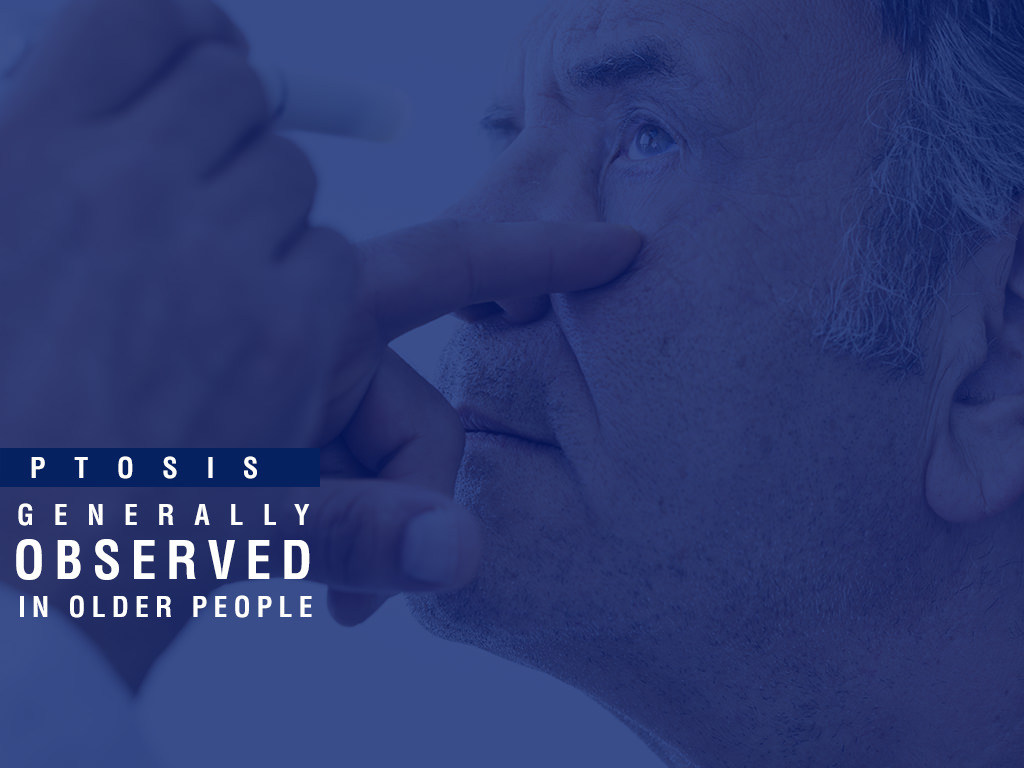Ptosis is a condition in which the upper eyelid droops over the eye. Ptosis is generally observed in older people where the eyelid droops a little or can cover the pupil due to sagging, interfering with vision. In extreme cases, it can block normal vision entirely. Ptosis can be seen in both children and adults and repairing is required for restoring youthfulness and vision.
Risks
As eye and vision problems are very delicate issues and can cause emotional as well as health problems, it is critical to choose the right surgeon and the right hospital for performing any surgery. A poorly done surgery can result in dry eyes or other issues with the appearance of the patient. As with most surgical procedures, there are some risks associated with Ptosis surgery such as asymmetry of eyes and loss of eye movement. Some patients may catch an eye infection.
At Orbit eye hospital, our highly qualified and experienced surgeons specialize in performing Ptosis repair with precision and care. If you wish to know more about this treatment, call us today.




